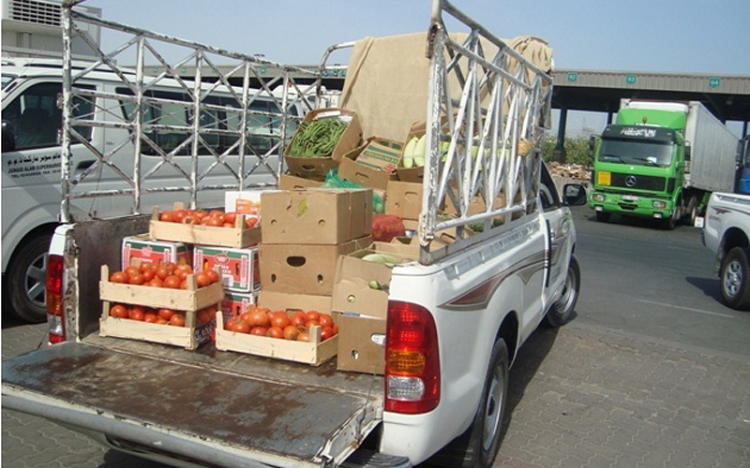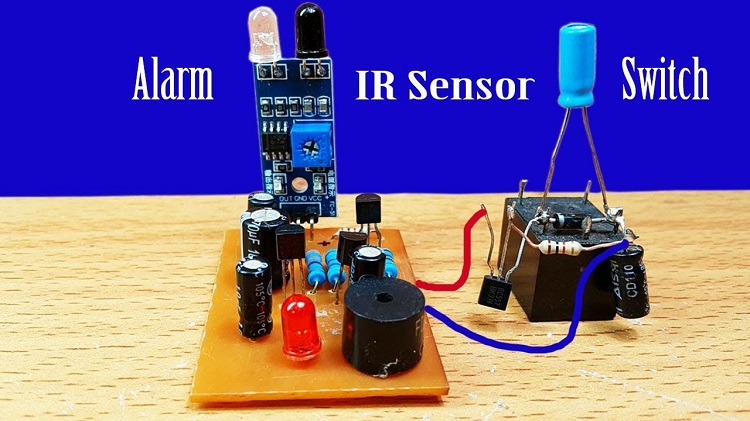
Transporting food is a common necessity and an important element of safely serving food. Successfully transporting food from one location to another requires knowledge of the potential risks involved and the proper procedures for preventing contamination. Learn more about the best way to transfer fragile items from one place to another, on this website: www.leedslearning.org
Table of Contents
Potential Hazards
When transporting food, remember that time and temperature are critical factors in reducing the risk of contamination. The longer your food is out of temperature control, the greater the risk of bacteria growth and contamination. Bacteria grow most rapidly between 41°F and 135°F, doubling in number every 20 minutes.
Requirements
Food must be transported at the proper temperature to prevent bacteria from growing to dangerous levels. Cold foods must be kept cold at or below 41°F and hot foods must be kept hot at or above 135°F. Always use a thermometer to ensure your foods are held at these temperatures. For those who handle food to learn more about how to use a thermometer properly, visit this website: https://newstable.org/
Follow these guidelines when transporting cold or hot foods:
Cold Foods
Pack cold foods in shallow containers (2 inches deep or less) so they will cool quickly to 41°F or lower. If a large pan of food has been cooked, divide it into smaller portions for faster cooling. Cover all containers with tight-fitting lids, foil or plastic wrap to keep out moisture and other contaminants.
Keep hot foods hot and cold foods cold. To keep food safe, transport it to your destination as quickly as possible. Hot foods should be kept at or above 140 degrees Fahrenheit, and cold foods should be kept at or below 40 degrees Fahrenheit. If there’s no way to keep your food at a safe temperature throughout the trip, don’t take it with you. Use coolers and insulated bags when transporting food to help maintain safe temperatures. For further information on how long hot meals should be kept hot and cold foods should be kept cold, visit this website: https://www.ins78.com/
Use an appliance thermometer, if you have one. These thermometers are available at most grocery stores and kitchen supply stores. They are used to measure the internal temperature of your refrigerator, freezer, microwave oven or other cooking appliances. If your appliance thermometer indicates that the temperature is not appropriate during transport, use another method to keep your food at a safe temperature.
Pack plenty of ice or frozen gel packs in coolers containing perishable food such as meat, poultry, fish or dairy products. A full cooler will maintain its cold temperatures longer than one that’s partially filled. Avoid putting hot foods into the same cooler as cold foods because the heat from the hot food can raise the temperature of everything in the cooler to unsafe levels. Learn more about the safety measures you should take before transferring food items, on this website: www.itmarketingbootcamp.com
Looking for more tips for transporting food, click here.
Leave a reply Cancel reply
You must be logged in to post a comment.
Learning The Secrets About Clothes
February 12, 2024What are the consequences of switching from IR to IS?
November 27, 2022Cost-Effective Online Marketing Strategies
November 27, 2022






